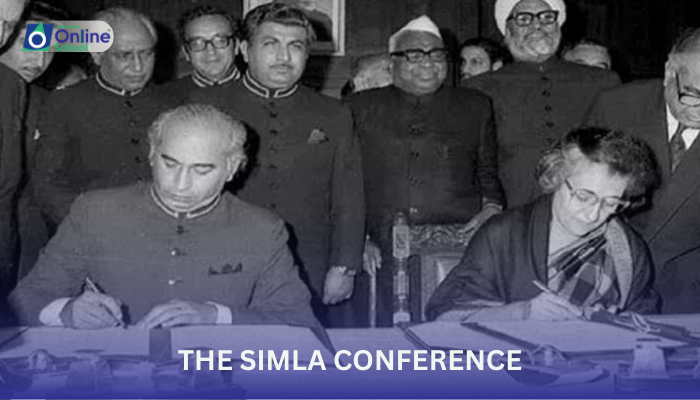
Wavell came to India as viceroy in 1944. On his arrival he announced a plan for the solution of the Indian problem. The Plan stipulated a Viceroy's Executive Council representing all Indian communities and pledged that all offices except that of the Commander-in-Chief shall be filled by the Indian members. The Muslim members shall be equal in number to the Caste-Hindus. To discuss this proposal with the Indian leaders; Wavell called an All Parties Conference at Simla in June 1945. All important leaders except Gandhiji attended the Conference.
The Congress wanted to appoint one Muslim member on the Viceroy's Executive Council, the government also intended to appoint a Muslim member from the Unionist Party. The Quaid-e-Azam took the plea that the Muslim League was the only party that represented the Muslims and had an exclusive right to make appointments on all Muslim seats. The Conference broke due to disagreement on this point.
Formation of the Interim Government
Formation of an Interim Government was the first step towards the implementation of the Cabinet Mission Plan. The Viceroy made an announcement in this regard in June 1946. He said that the government shall be formed even if one of the two major Indian parties, the Muslim League or the Congress, decides to abstain. In this case an alternative arrangement shall be made. The Muslim League agreed to join the proposed interim government but the Congress declined.
The Viceroy should have invited the Muslim League to form government after Congress's refusal but he failed to keep his promise. On this break of trust the Muslim League decided to withdraw its approval of the Cabinet Mission Plan and announced that "Direct Action" was the only course left open for her.
Although the Congress had not accepted the Cabinet Mission; yet the Viceroy, invited Pandit Nehru to form interim government. Protesting on this, the Muslim League called the Muslims to celebrate 16th of August as the "Direct Action Day". The Muslims throughout India were appealed to protest and the Muslim dignitaries having British titles were asked to surrender their titles to register protest against the government.
The appeal proved very effective, the Muslims expressed their resentment through protest rallies and processions taken out in all parts of India. The Hindus retaliated by attacking on them. Thousands of People were killed in Calcutta in Hindu-Muslim clashes. Within no time the whole of India was taken over by communal frenzy.
Under the changed circumstances the government was inclined to think that it would not be possible to form a viable government while keeping the Muslim League out of it. The government invited the Muslim League to join, and it did. On October 26, 1946 five Muslim League ministers took oath of office. Holding the finance portfolio Liaquat Ali Khan acquired a key position to control all other ministries and departments. His control over finance virtually crippled the ministries held by Congressmen. Budget presented by Liaquat Ali Khan came as the last straw on the camel's back, because it hit hard at the interests of the money lords with whose financial support the Congress was run. Now it was Congress's turn to plead for India's partition.